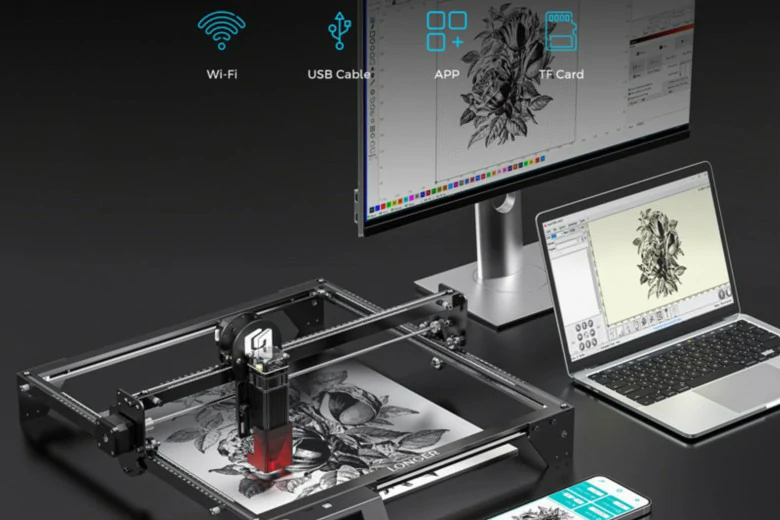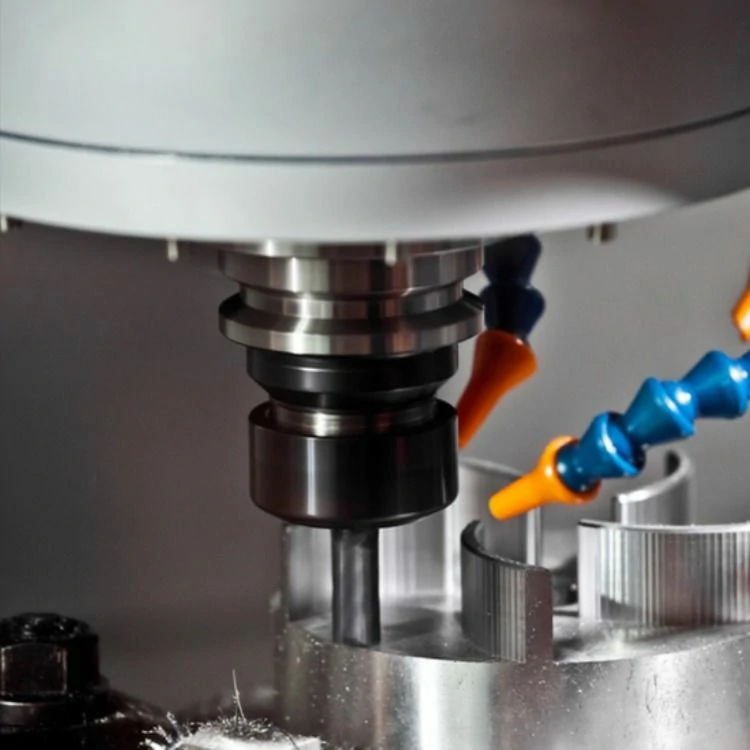CNC Machine Tools for Precision Machining of Aluminum-based Silicon Carbide
Introduction:
In recent years, there has been a growing demand for advanced materials with superior mechanical properties and resistance to wear and corrosion. One such material is aluminum-based silicon carbide (Al-SiC), which combines the lightweight nature of aluminum with the strength and hardness of silicon carbide. To harness the full potential of Al-SiC, precision machining techniques using CNC machine tools have become essential. This article will explore the benefits and challenges of using CNC machine tools for precision machining of Al-SiC.
Benefits of CNC Machine Tools for Precision Machining of Al-SiC:
1. Accuracy: CNC machine tools excel in providing accurate and precise machining results. With Al-SiC’s high hardness and brittleness, achieving precise dimensions is crucial. CNC machines offer excellent control over cutting parameters, resulting in high accuracy and repeatability in machining complex shapes.
2. Efficiency: CNC machine tools are computer-programmed, allowing for automation and increased productivity. The ability to automate machining processes reduces manual labor, minimizes errors, and speeds up production. This efficiency is particularly important when dealing with Al-SiC, as it is a challenging material to work with due to its hardness.
3. Versatility: CNC machine tools are versatile and can accommodate a wide range of operations, including milling, drilling, turning, and grinding. This versatility is beneficial when machining Al-SiC as it requires multiple machining steps to achieve the desired shape and finish. CNC machines’ ability to switch between different tools and operations optimizes the machining process.
Challenges in Precision Machining of Al-SiC using CNC Machine Tools:
1. Tool Wear: Al-SiC’s high hardness poses a challenge in terms of tool wear during machining. Silicon carbide particles in the material can cause rapid tool degradation and reduce the tool life significantly. Employing appropriate cutting tools with specialized coatings and materials can mitigate this issue. Additionally, constant monitoring of tool wear and timely replacements are necessary for maintaining machining quality.
2. Heat Generation: Al-SiC has poor thermal conductivity, meaning that heat generated during machining is not easily dissipated. This can lead to thermal damage, such as surface cracks and residual stresses, which compromise the integrity of machined components. Strategies like using coolant systems and optimizing cutting parameters can help control heat generation and minimize thermal damage.
3. Challenging Chip Control: The unique combination of aluminum and silicon carbide in Al-SiC results in erratic chip formation, making chip control difficult. Uncontrolled chip formation may cause tool breakage, poor surface finish, and compromised dimensional accuracy. Implementation of appropriate chip breakers and chip evacuation strategies can help overcome this challenge.
Conclusion:
Precision machining of aluminum-based silicon carbide (Al-SiC) using CNC machine tools offers numerous benefits despite the challenges involved. CNC machines provide accuracy, efficiency, and versatility required for working with the high hardness and brittleness of Al-SiC. Addressing challenges like tool wear, heat generation, and chip control through specialized tools, cutting parameters, and monitoring systems is crucial for successful machining. With continuous advancements in CNC technology and machining techniques, precision machining of Al-SiC is poised to play a vital role in various industries, including aerospace, automotive, and electronics.
.webp)



